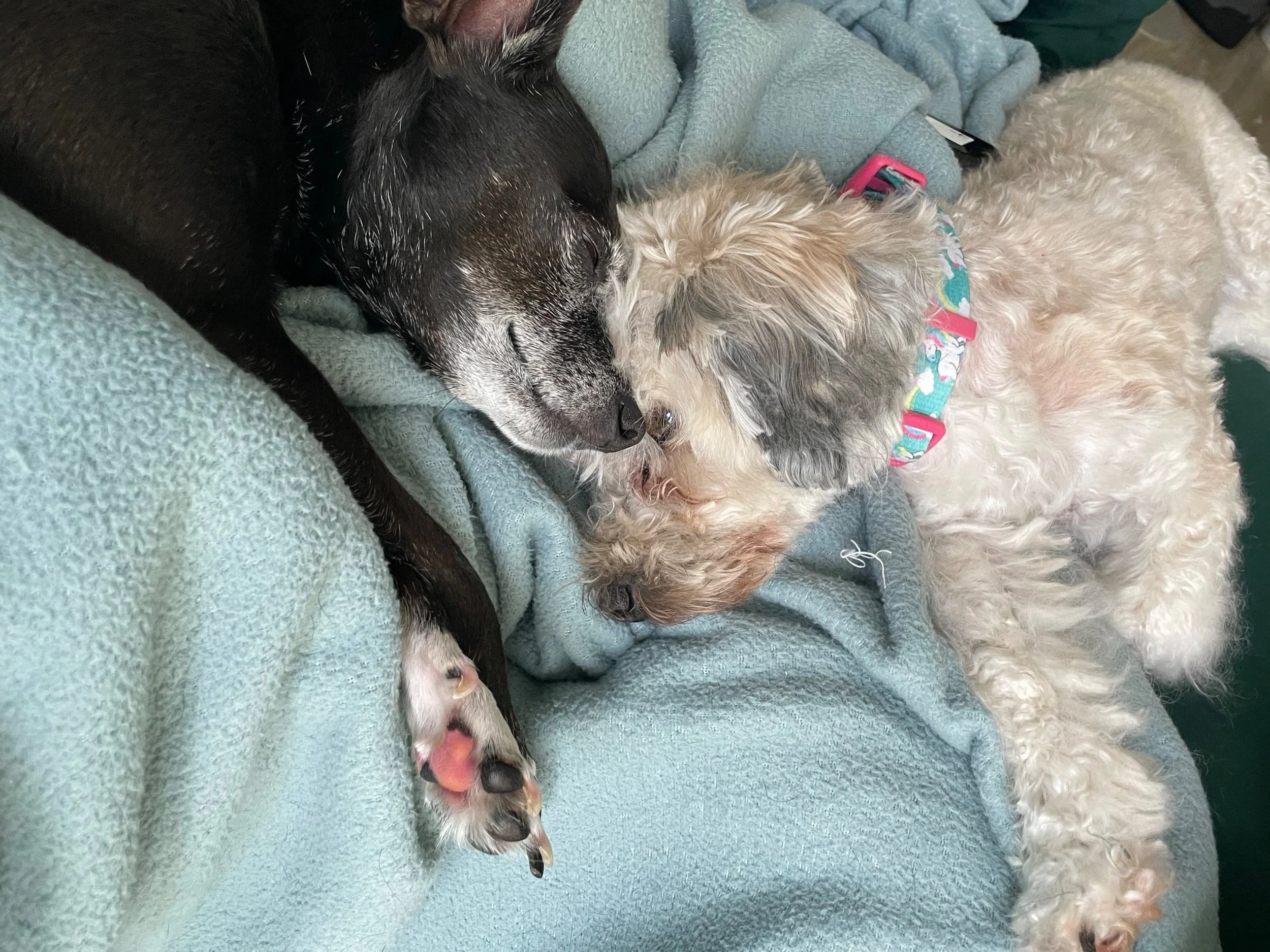Emotional Roots, Emotional Release: Daily Practical Tools
These small practices calm the nervous system, invite presence, and help the body release old emotional patterns.
From Emotional Roots to Release
From a somatic and emotionally focused perspective, healing doesn’t begin by trying to “fix” what feels wrong. It begins with slowing down, noticing, and listening. Mindful awareness invites us to approach the body with curiosity instead of judgment. For example, rather than saying, “I shouldn’t feel this way,” we learn to gently ask, “What is my body telling me right now?” Or, as I often ask in session: “What’s coming up for you, and where in your body do you feel it?”
Loneliness, Suicide, and the Search for Meaning
When suicidal thoughts appear, they are not a sign of weakness. They are signals—signs that part of you longs for relief, for change, for something different than this pain. These thoughts don’t erase your worth. They are simply asking to be heard, to be held with compassion instead of silence.
Therapy Isn’t Weakness
Struggle was something you kept to yourself. Maybe you were told to pray harder, work harder, or just push through. Talking to someone outside the family about private matters might have even been seen as a betrayal. Therapy, if it came up at all, was for other people—not for you.
That silence is where stigma lives. It takes root in the stories we inherit from family, culture, and community.
Thinking About Therapy?
Therapy isn’t only for people in crisis. It’s not reserved for those who have lived through tragedy or who feel like they’re falling apart. Many people begin therapy when life looks “fine” from the outside, yet inside there’s a heaviness, a restlessness, or a sense of being disconnected.
The Semi-Quiet Companions
These small, quiet moments with our pets can sometimes feel more powerful than the loudest affirmations. They don’t fix our problems. They don’t offer advice. But somehow, their presence reshapes the way our stories unfold.






